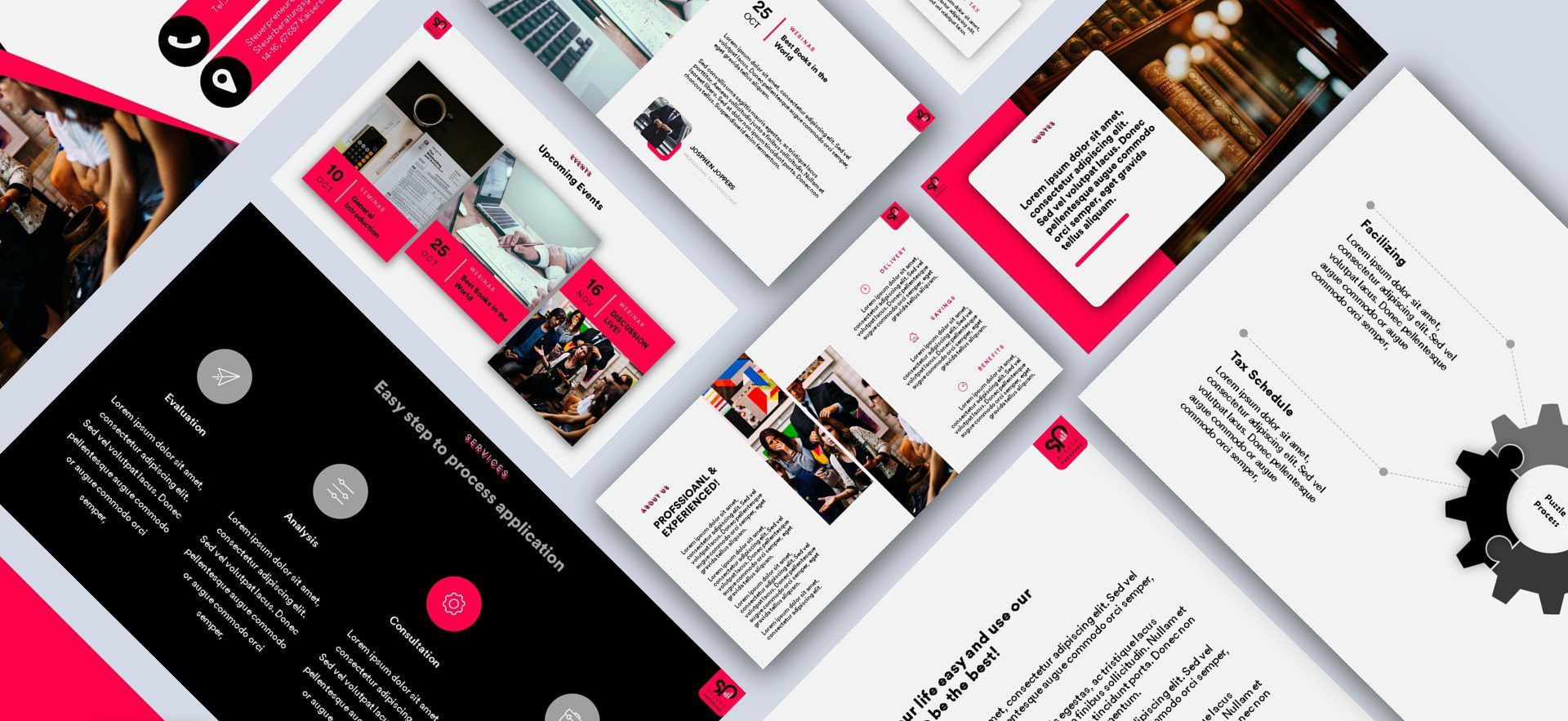Creating a pitch deck that stands out is essential when trying to secure investments or partnerships. A standout pitch deck not only grabs the audience’s attention but also effectively communicates your business idea and its potential. Here’s a step-by-step guide to help you create a compelling pitch deck:
Understand Your Audience:
- Before you start, know your target audience. Tailor your pitch deck to their interests and expectations, whether they are investors, potential partners, or stakeholders.
Start with a Strong Cover Slide:
- Your cover slide should have a captivating title, your company name, and possibly a high-quality image or logo that represents your brand. Keep it simple and visually appealing.
Tell a Compelling Story:
- Your pitch deck should follow a narrative structure. Begin with a compelling story that introduces the problem, explains why it matters, and hints at your solution.
Problem Statement:
- Clearly articulate the problem or pain point your business is addressing. Use data or real-world examples to support your claim.
Solution:
- Present your solution concisely. Explain how your product or service solves the problem and why it’s better than existing alternatives.
Market Opportunity:
- Show the market size and potential. Highlight trends, growth rates, and target demographics to demonstrate the market opportunity.
Business Model:
- Explain how your company plans to make money. Describe your revenue streams, pricing strategy, and sales channels.
Traction and Milestones:
- Showcase your progress. Include key metrics, user acquisition numbers, revenue growth, partnerships, or any significant achievements to date.
Competitive Analysis:
- Identify your competitors and explain how you stack up against them. Highlight your unique selling points and advantages.
Team:
- Introduce your team members with their relevant experience and skills. Show that you have a capable and dedicated team.
Financial Projections:
- Present your financial projections, including revenue forecasts, expenses, and a breakdown of how you plan to use the investment. Make sure your numbers are realistic and supported by data.
Marketing and Sales Strategy:
- Outline your marketing and sales strategies. Explain how you plan to acquire and retain customers.
Use Engaging Visuals:
- Use visuals like charts, graphs, and images to support your points. Keep the design clean and consistent with your branding.
Keep it Concise:
- Avoid information overload. A pitch deck should typically be around 10-15 slides, and each slide should convey a single, clear message.
Practice Your Delivery:
- Your pitch deck is just one part of the equation. You also need to deliver it effectively. Practice your pitch to ensure you can confidently and convincingly present your ideas.
Get Feedback:
- Before finalizing your pitch deck, seek feedback from mentors, advisors, or peers. They can provide valuable insights and help you identify areas for improvement.
Create a Memorable Closing Slide:
- End your pitch with a strong closing slide that summarizes your key points and includes a call to action, whether it’s requesting funding, scheduling a meeting, or taking the next steps.
Design Matters:
- Invest in good design. A well-designed pitch deck with consistent branding and aesthetics can leave a lasting impression.
Practice Timing:
- Ensure that you can deliver your pitch within the allotted time. Respect your audience’s time by staying on track.
Follow Up:
- After your pitch, be prepared to answer questions and provide additional information. Follow up promptly to maintain momentum.
Remember that a standout pitch deck is not just about flashy visuals but also about effectively conveying the value of your business. Tailor your deck to your specific audience and continually refine it based on feedback and real-world results..





